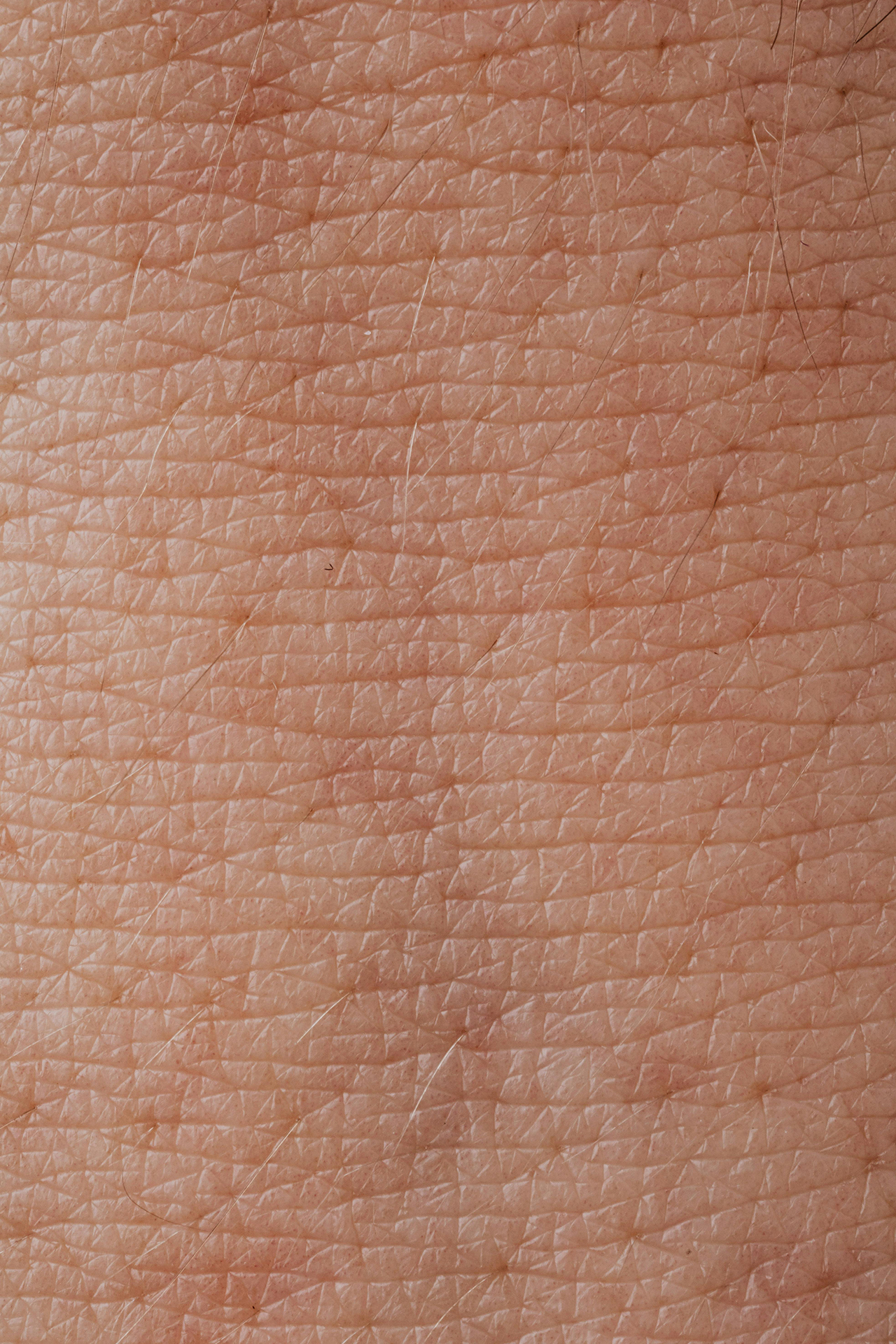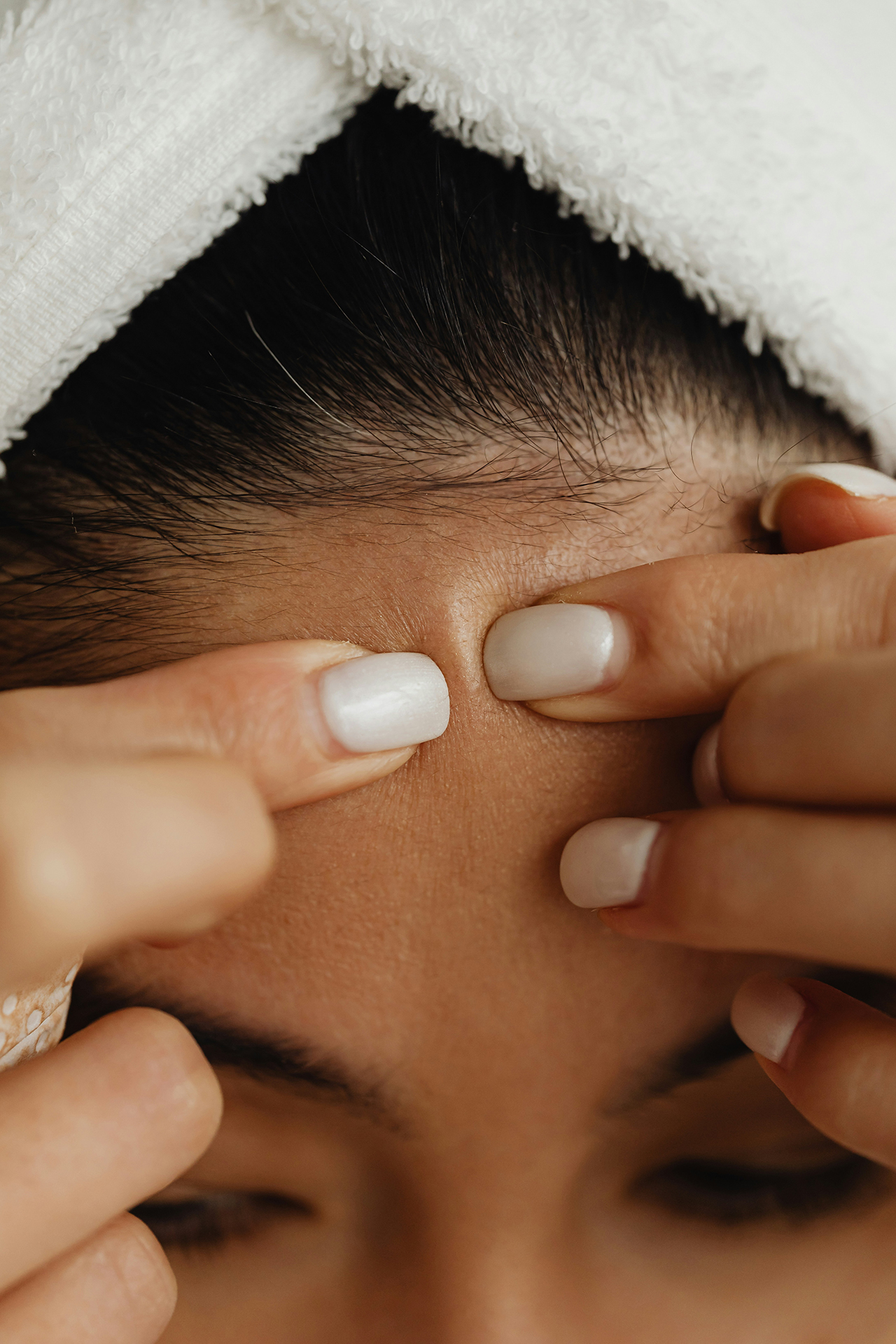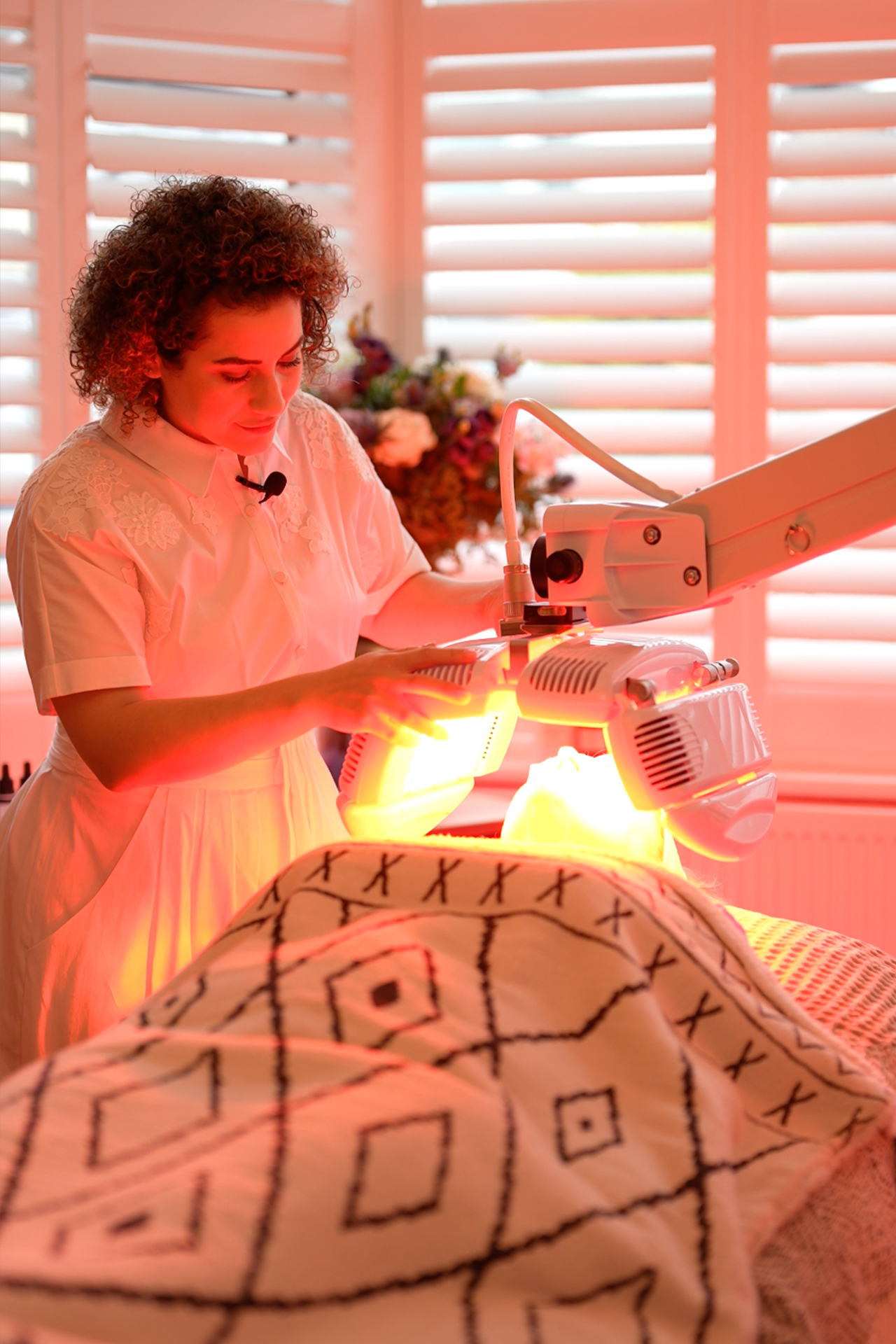
Impaired Barrier Function 101
I love educating my clients about skin and even more so their skin.
I want to educate people about skin, and the uniqueness of their skin, so that if I drop dead, no one can BS them about how to properly care for the specifics of their skin.
I like educating to empower.
Our skin is the physical barrier between the internal and external environment-
Our armour to the outside world plays a vital role in keeping us healthy.
I find its many metabolic functions fascinating and how each helps to keep us alive.
I could talk about all things skin, all day.
I pretty much do.
Today I want to explain more about our skin’s shield – our skin’s barrier.
When it comes to the skin’s barrier function it has mainly two vital functions –
Physically – it protects against external threats entering the body, such as infectious agents, chemicals, systemic toxicity, and allergens.
Internally – helps to maintain homeostasis and protects from enhanced loss of water from the body, keeping us hydrated as well as encouraging enzymatic processes within the skin, such as desquamation (exfoliation) and ensuring our skin cell turnover is regulated.
I would like you to visualise multiple flattened cells, called corneocytes, encased in a thick water-repellent coating of fat (lipid), holding the cells together to form a ‘cement’ like glue- this is also referred to as the extracellular matrix i.e. everything that surrounds the cell.
Imagine the above looking like a brick wall, with the bricks being our cells (corneocytes) and the mortar (lipids), holding the bricks together.
Brick walls are strong structures but not if you start removing the mortar- the wall will become weak and start to weather/ break down.
This is what happens in our skin if the barrier function is compromised.
Ceramides, cholesterol, fatty acids, acid mantle, hydrolipid – all the same thing or serve different purposes as part of our skin barrier?
The hydrolipid barrier (also known as the acid mantle) covers the surface of the skin, with an approximate pH of 5.5. (It’s called “acid” as the ideal pH of the skin is 5.5, which is acid (below neutral pH of 7).
It is made up of a matrix of dead cells that are connected by lipids and contains natural moisturisers, fatty acids, and ceramides meshed to form corneocytes, which act as a physical barrier against potential irritants, all of which are essential for the skin’s health and helps to seal in moisture, making skin more hospitable to friendly bacteria.
The hydrolipidic film coats the surface of our skin, comprising a mixture of sweat and sebum.
While it is an important part of skin barrier defence it certainly isn’t the entirety of our barrier function and even if we know the hydrolipid barrier (acid mantle) can be restored within a few hours of it being washed/cleansed it is not a good idea because once the barrier has been heavily compromised it takes a good while for lipids and ceramides to be restored and may require intervention with treatments and a good home skincare regime to repair.
A fundamental step to providing a perfectly tailored treatment plan for real, long-term results is taking the time to thoroughly understand all aspects that might be affecting your skin.
I do this in my in-depth skin consultations and by asking questions such as,
“Does your skin feel very tight after cleansing?”
And,
“Do you always feel the need to apply moisturiser, otherwise your skin feels dry like Spanish wine?!”
If the answer is ‘YES’ to either question, then this may be a sign of impaired barrier function (caused when our skin’s natural protective barrier is compromised or disrupted) because the skin is unable to retain moisture naturally.
It can also be caused by a combination of any, or many, of the following:
- Excessive imbalance of all four bodies (physical, emotional, mental, spiritual)
- Over-cleansing / over-desquamating/over-use of retinol … build tolerance slowly- any form of exfoliation compromises the skin barrier temporarily but it’s to the degree of how much and how healthy the skin is initially to recover. (I don’t believe in using aggressive skin peels or in over-using peels i.e. having them too often. Treatments should always be to address concerns and consultation is key to ensure suitability).
- Using topical moisturisers/cleansers with known irritants, such as SLS, PEG’s, synthetic fragrances, and colours.
- Aggressive skin treatments/treatment your skin may not need, or treatments carried out too often.
- UV / environmental damage and free radical damage – ensure you protect yourself (inside and out) with adequate free radical scavengers.
- Low-fat diet / essential fatty acid deficiency
A compromised barrier does not happen overnight and can be disastrous for skin health.
It occurs over a period of accumulative irritation on the skin that can break down the extracellular matrix and the ‘cement’ that holds the cells together, which can lead to:
- an overly sensitised skin.
- increased trans-epidermal water loss, resulting in skin becoming dehydrated and eventually dry.
- bacteria and allergens enter the skin, resulting in autoimmune responses and conditions such as acne, rosacea, eczema/dermatitis, and psoriasis.
I know how difficult it can be trying to cope with these symptoms and feeling the eyes of the world on you.
Over time it affects your self-confidence and slowly creeps into affecting all areas of your life – relationships, work, and social life.
It’s for this reason I choose to work one-on-one with my clients and teach them the key to balancing their skin.
Repair and restore your barrier by:
- Protect with antioxidants (inside and out) and SPF daily.
- Eat a diet rich in essential fatty acids / take a high-quality Omega 3 supplement (my suggestions are located on my site- under wellbeing supplements– omega fatty acid supplements)
- Use products that replenish ceramides, cholesterol, and fatty acids, encourage mild desquamation of the skin, and repair (not the same as using off-the-shelf thick occlusive moisturisers like Diprobase or Epaderm).













